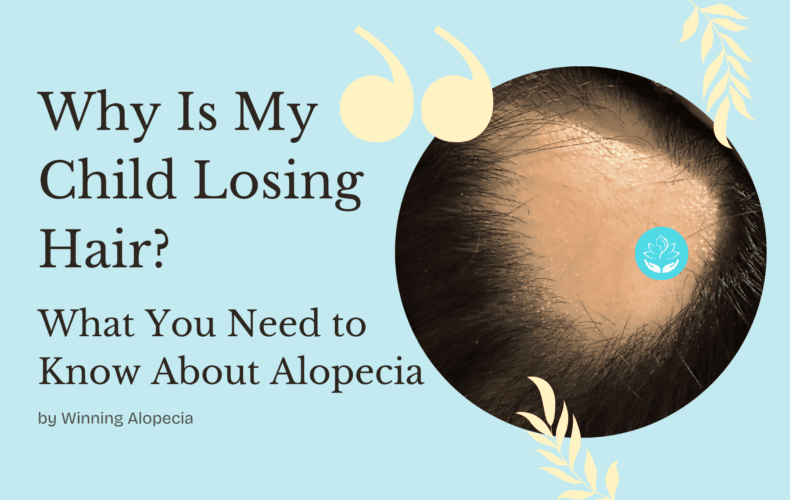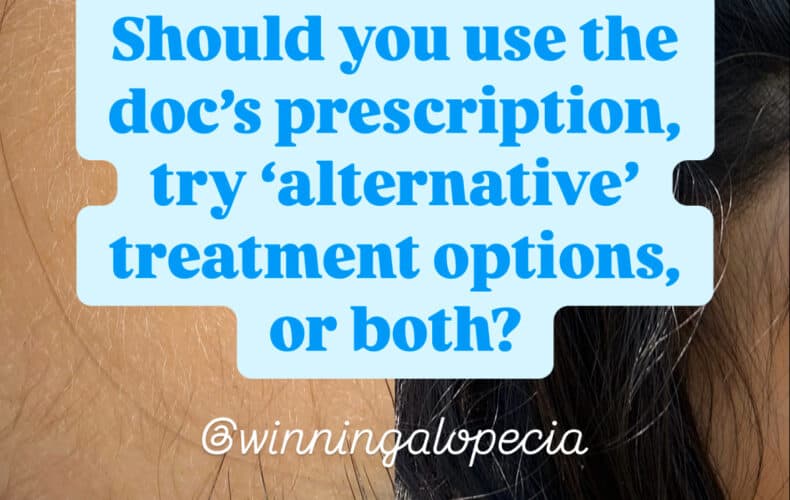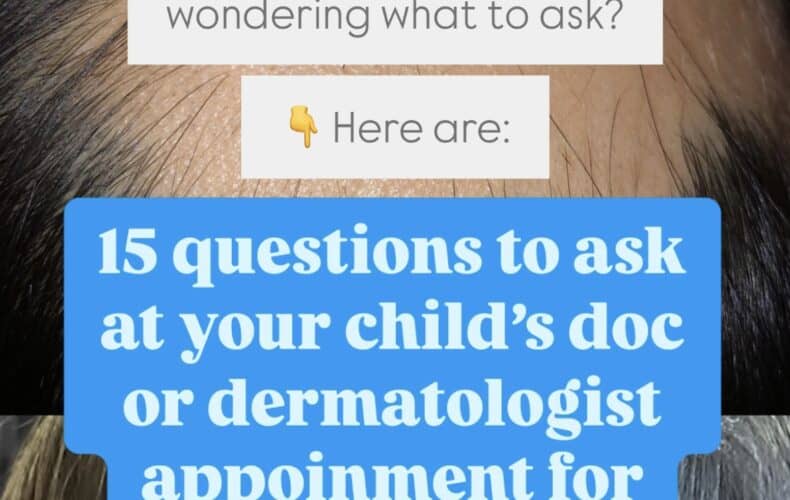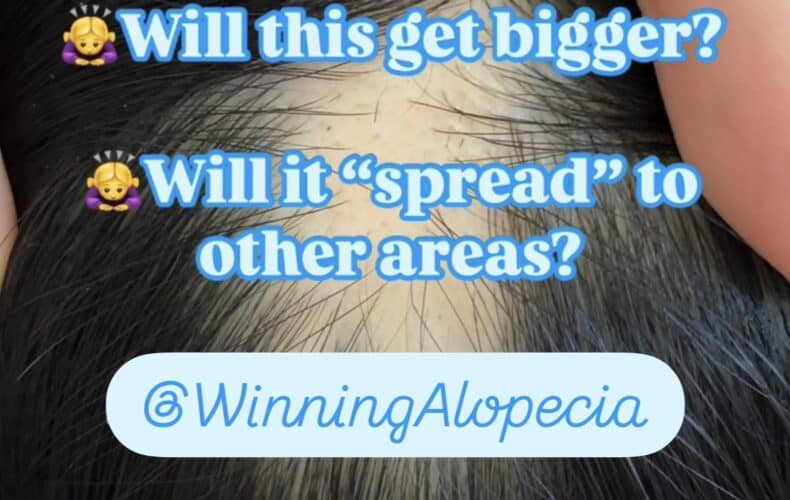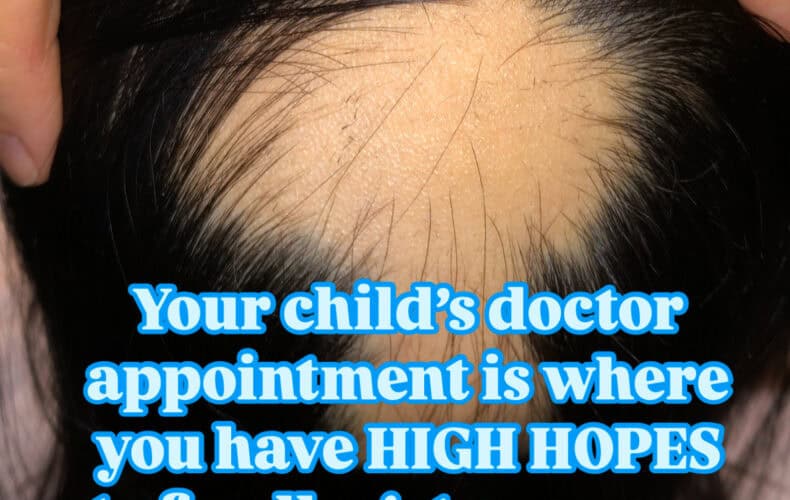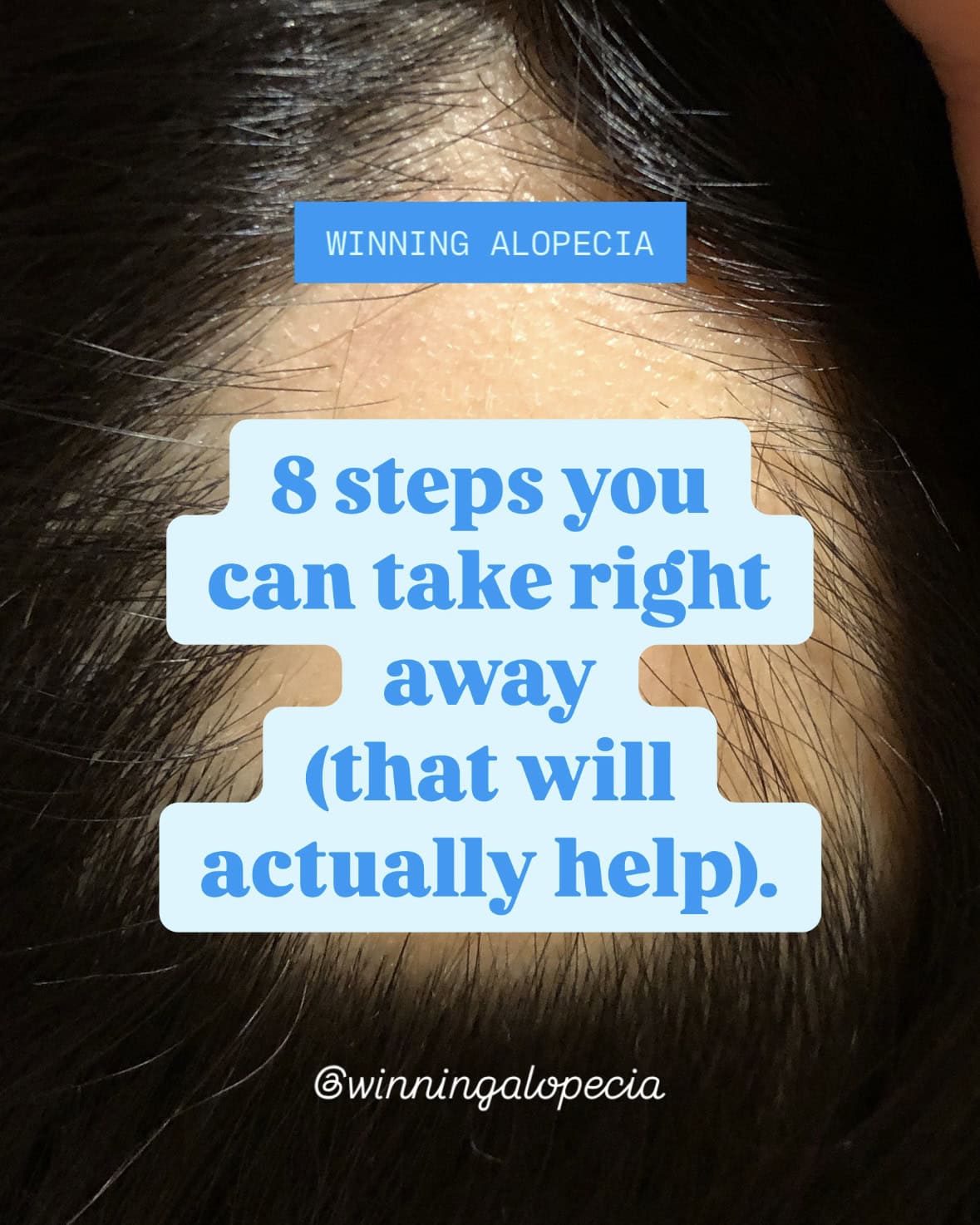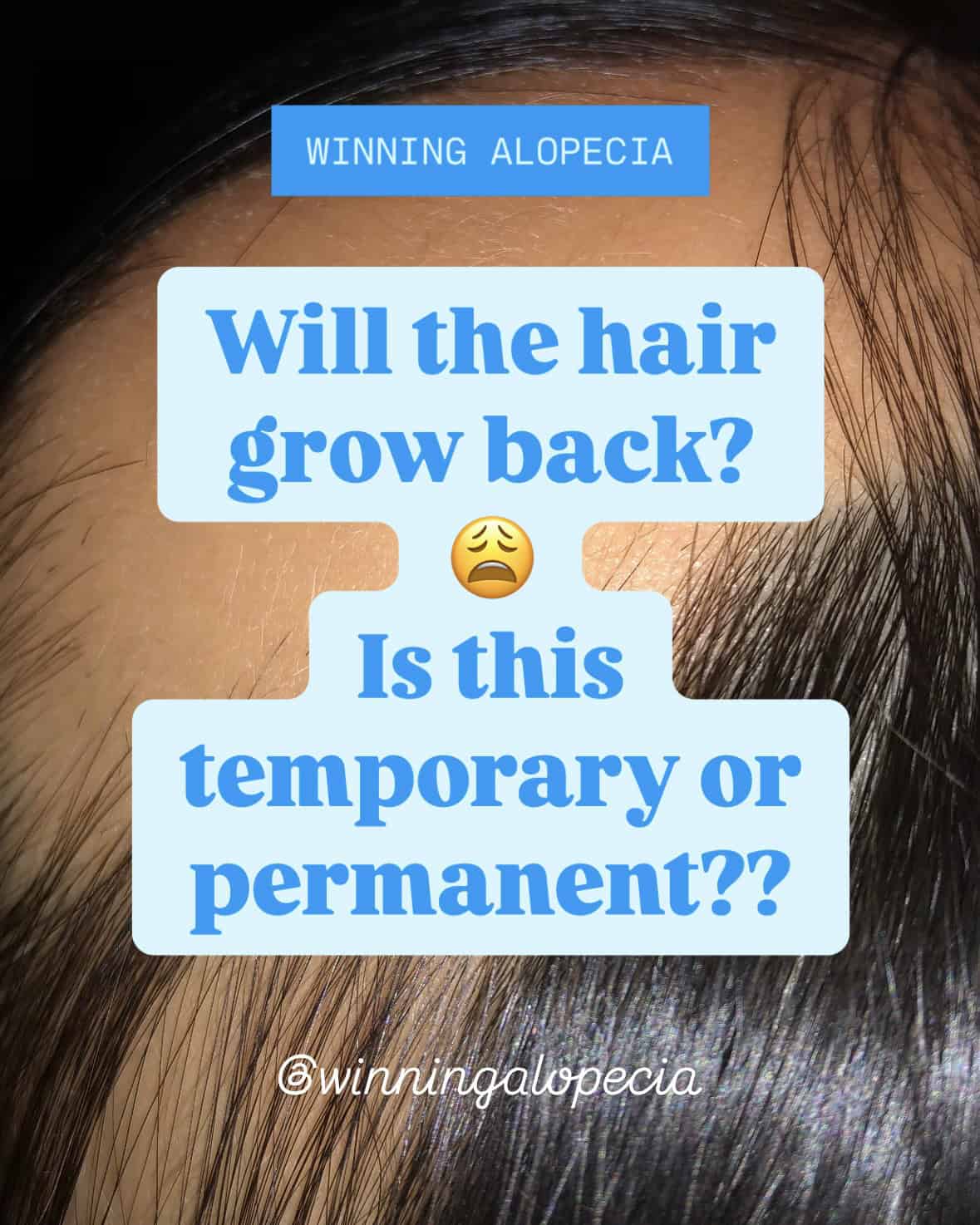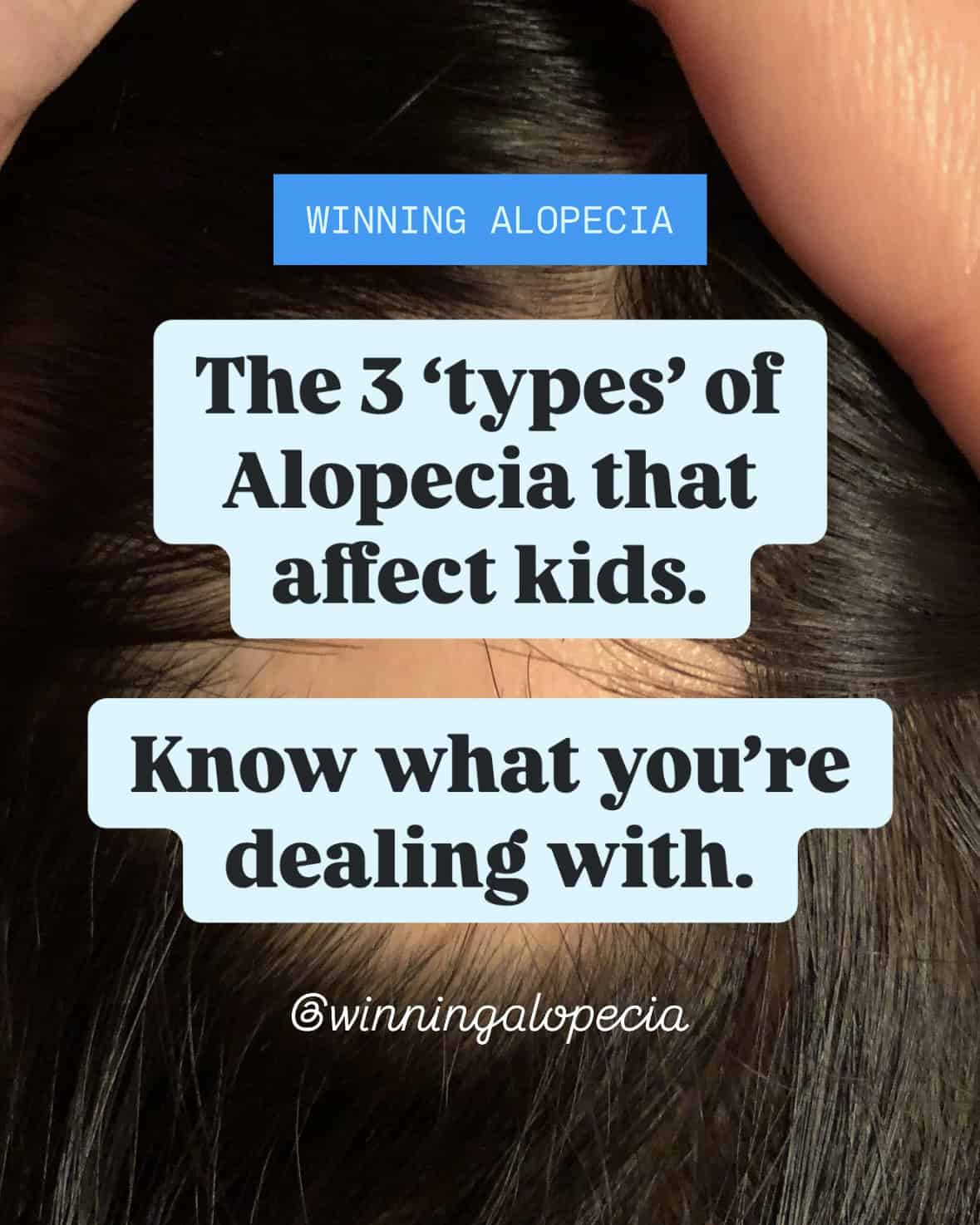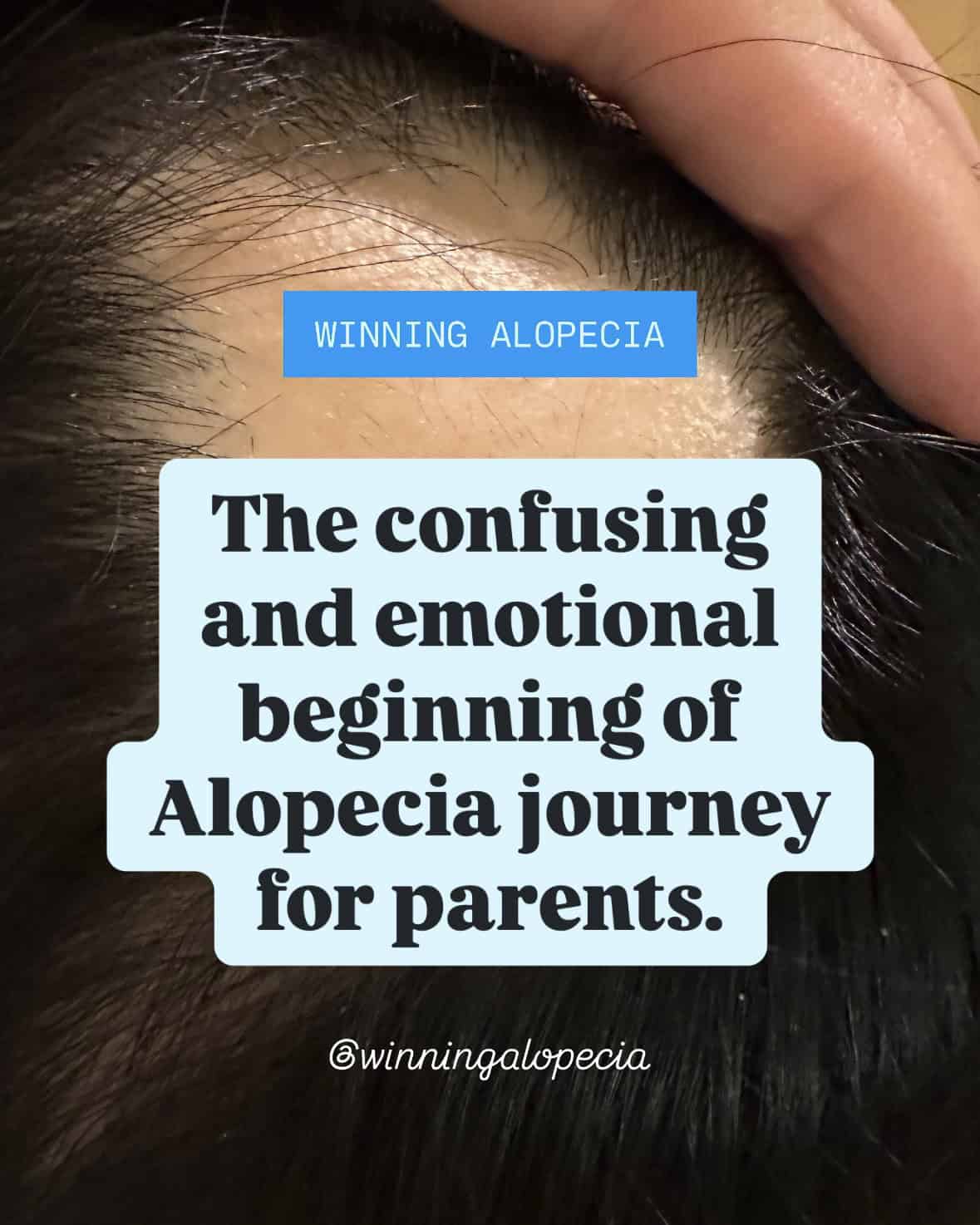Why Is My Child Losing Hair? What You Need to Know About Alopecia
As a parent, discovering a bald or thinning spot on your child’s scalp can be overwhelming and emotional. You might find yourself asking questions like:
- What is happening here?
- Is it normal for kids to lose hair?
- Could stress be causing this?
- Is it an allergy, or something related to a recent illness?
- Is this going to get worse, or will it just go away on its own?
What Happens Next When You Notice Hair Loss?
Naturally, you start paying closer attention. You check your child’s pillow, hairbrush, and the shower drain, wondering if this is just a passing phase. You want to know—will it go away on its own, or is there something more serious going on?
At this point, most parents turn to Google for answers, and the results are a mix of confusion and anxiety. You’ll probably come across the term “alopecia,” and suddenly you’re diving into rabbit holes, only to be left with more confusion than clarity.
You may read things like:
- “Alopecia affects 2% of the population.”
- “In most cases, hair will grow back on its own.”
- “Alopecia is random and unpredictable.”
Then, the panic starts to set in. You book an appointment with your doctor, hopeful that they’ll have a solution. But instead, you’re often met with trial-and-error treatments and vague answers.
Is This Just Stress, Or Is There Something Else?
Here’s the reality:
- No, hair won’t just grow back on its own in most cases.
- No, doctors generally don’t have a simple solution; most treatments are trial and error.
- No, it’s not just stress causing the hair loss.
- And no, shampoos or over-the-counter products alone won’t solve the issue.
What’s actually going on? It’s likely autoimmune alopecia—and there’s much more to it than meets the eye.
The Complex Truth About Alopecia and Hair Loss
Alopecia isn’t “random” or “unpredictable” like many are told. It’s caused by a range of factors, and understanding what triggers it is the key to addressing it.
Alopecia in children is an autoimmune condition, which means the body is attacking its own hair follicles. But this isn’t just about stress or external factors like shampoo. There’s a deeper cause at play.
Your Journey Begins Here
Finding out your child has alopecia can be confusing, especially in the first few weeks. The emotional rollercoaster is real, and it’s natural to feel lost. But here’s the good news: There are things you can do to promote hair growth. You’re not alone on this journey. There is hope—and answers beyond the surface level.
Take a deep breath, it’s going to be okay. This is the beginning of learning more and discovering real solutions for your child’s hair growth.
Key Takeaways:
- Alopecia is likely the cause of your child’s hair loss.
- Shampoo, and quick-fix treatments won’t address the underlying issue.
- There’s a lot to learn as you start this journey, and real solutions are available once you understand the root causes.

